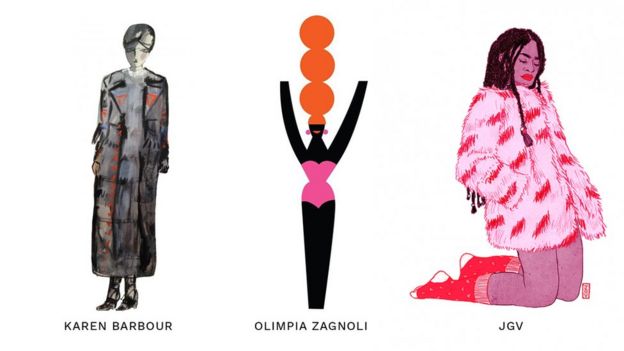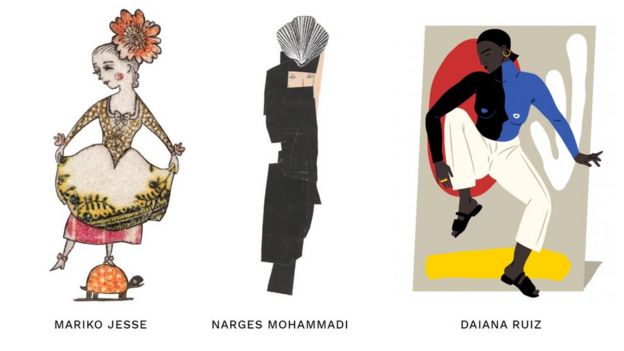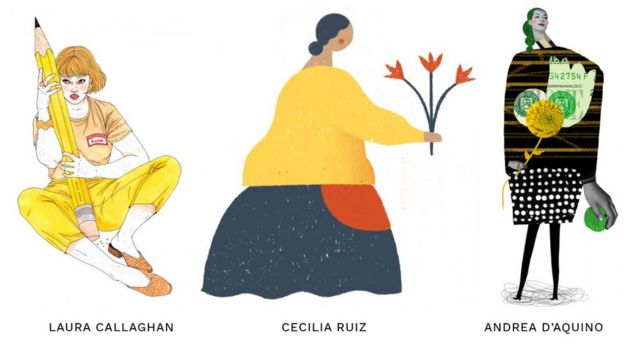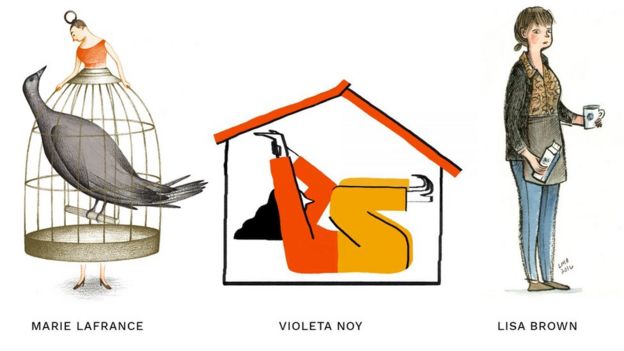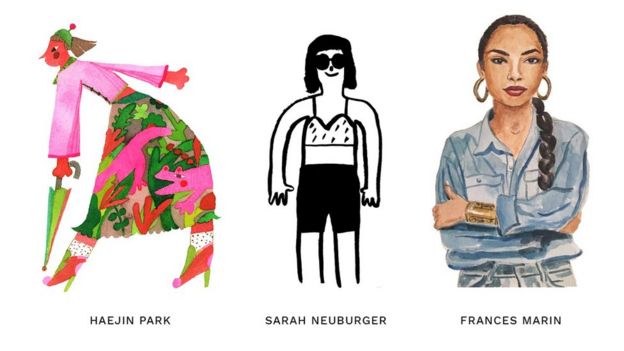They are known as the CDOTs – the UK’s crown dependencies and overseas territories – island states such as the Caymans and the British Virgin Islands.
On maps they appear no bigger than a full stop, but each year billions of dollars in capital sail into the global banking system along the warm currents of the Caribbean.
Economists are charting an unrelenting, escalating transfer of wealth, enabled by the offshore system, often from the very poorest to the very richest nations.
The money is sometimes spent in obvious ways – funding super-yachts, private jets, fine art auctions and, of course, property. But there is the unseen damage. It harms the ecology of vibrant cities by making them unaffordable to ordinary people.
The cash is also a shot in the arm to the financial system. Lawfully injected into London hedge funds and Wall Street trading rooms, it funds high-stakes investments and, in the good years, big bonus pools.
The movement of this offshore money is an industry made possible in part by the secrecy on sale in tax havens, led by the UK’s substantial network of offshore enclaves. The Panama Papers lift the veil on how this world works – and the people who use it.
While much of the leaked material will remain private, there are compelling reasons for publishing some of the data. The documents reveal a huge breadth of unseen activity.
At one end of this spectrum, the papers simply reveal the vast number of people who use offshore to protect their wealth. There is nothing unlawful about doing this. It is not illegal to be a director, shareholder or beneficial owner – the real owner, even though their name may not appear on the shareholder register – of an offshore company. But the financial advantages these structures provide are not generally available to the ordinary taxpayer.
Since the 2008 crash, there has been a clamour for everyone to pay a fair share of the tax burden.
Unsurprisingly, the public is questioning – perhaps more than ever – whether a system that provides advantages only to the wealthy is immoral. And the political climate that once tolerated this inequality has changed decisively.
At the other end of this spectrum there is, frankly, what could be described as offshore pandemonium.
In the files we have found evidence of Russian banks providing slush funds for President Vladimir Putin’s inner circle; assets belonging to 12 country leaders, including the leaders of Iceland, Pakistan and Ukraine; companies connected to more than 140 senior politicians, their friends and relatives, and to some 22 people subject to sanctions for supporting regimes in North Korea, Syria, Russia and Zimbabwe; the proceeds of crimes, including Britain’s infamous Brink’s-Mat gold robbery; and enough art hidden in private collections to fill a public gallery.



